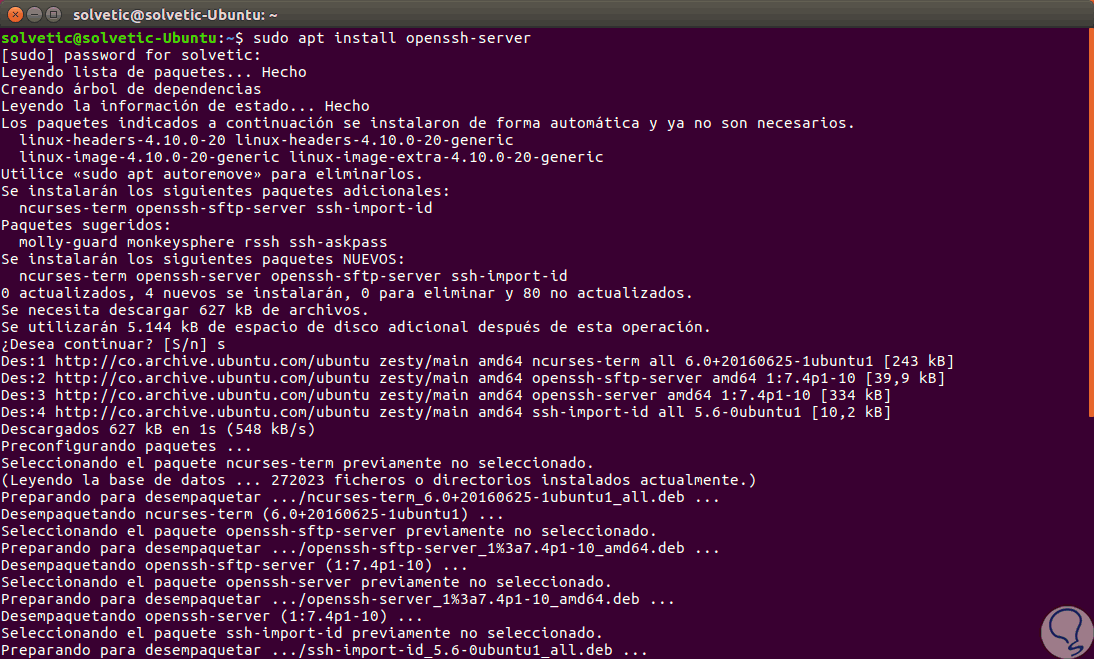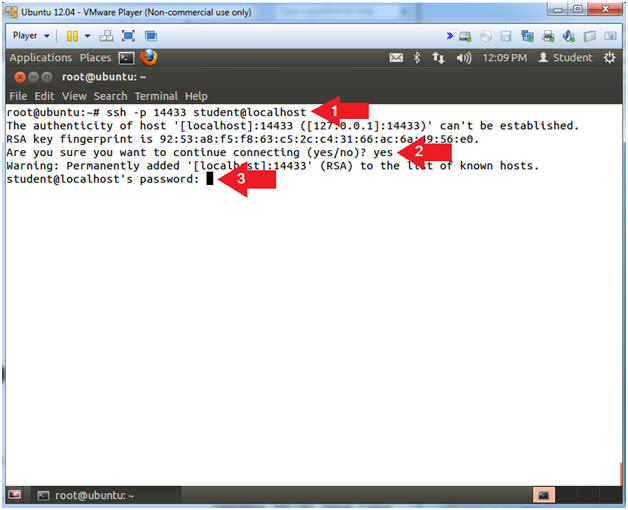

It is a good idea for the socket to be in an isolated directory not readable or writable by other accounts. Then, after -f forks the client into the background, The control command check will then use the socket to check that the master process is running and report the Process ID. The -M option causes the client to go into Master mode for multiplexing using the socket designated by the -S option. The connection is made and then the client goes away, leaving the tunnel available in the background, connecting port 2194 on the local host to port 194 of the remote system's local host. Here is an example of port forwarding, also called tunneling.

Background processes are often used for port forwarding or reverse port forwarding. When a tunneled connection is sent to the background execution using the -f option for the client, there is not currently an automatic way to find the process ID (PID) of the task sent to the background. In cases where the bastion must have a reverse tunnel from the inner host in order to reach it, then the same method works but with the prerequisite of a reverse tunnel from the inner host to the bastion first.įor more about passing through intermediate computers, see the Cookbook section on Proxies and Jump Hosts.įinding The Process ID (PID) Of A Tunnel Which Is In The Background $ ssh -N -L 9980:localhost:80 -J that way port 9980 on the client is directed via through to port 80 on 192.168.79.124. So, port 80 on 192.168.0.101 has to be available to the machine. Here, 192.168.0.101 and must be on the same network and, in addition, has to be directly accessible to the client machine running ssh(1). However, the target port on the second remote machine does have to be accessible on the same network as the first. Tunneling can go via one intermediate host to reach a second host, and the latter does not need to be on a publicly accessible network. Tunneling Via A Single Intermediate Host The first obtained value for any given configuration directive will be used, but the file's contents can be overidden with run-time options passed on the command line.

The catchall configuration at the end applies to any of the above hosts which have not already set ExitOnForwardFailure to 'no' and the client will refuse to connect if a tunnel cannot be made. I want to make it so that I can have the pi anywhere and access it from anywhere as long as we are both connected to the internet, if it wasn't for this i would just create a vpn, but then, if I changed the pi to my company for example, i wouldn't be able to control it from home.With those settings, the tunnels listed are added automatically when connecting to desktop,, postgres, server, or.

My question is, since the pi is making the connection to the server, will this cause any firewall problems? It shouldn't since it's an outbound connection, and that is the actual advantage of doing this from what i understand. The ideia behind what I read is that if I have a web server available for use (i will be using my company's for testing, they won't mind) I can ssh to it from the pi and then ssh to it from my computer, and after ssh'ing to the server, I can control the pi via a secure shell. I have been reading that a reverse ssh connection is the best way to achieve this since it is safe. I've been experimenting with a raspberry pi, and I would like to do some home automation experiments with the gpio on the raspberry, but I would like it to be connected to the internet so I could read the state and make changes from anywhere.


 0 kommentar(er)
0 kommentar(er)
